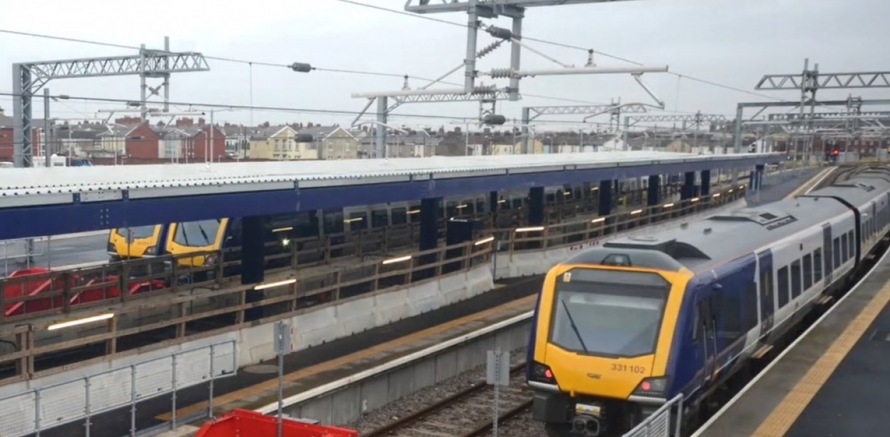Dinting Vale Viaduct
This five-span viaduct was built in 1860 and each span consists of two wrought iron box girders between tall masonry piers, with an overall length of 209.3m. Over the years the viaduct has been strengthened and recent examinations revealed that some work needed to be completed to prevent damage to the original structure and meet the client’s operational requirements.
Added Value
Through our wealth of experience and innovative approach to projects, Taziker accomplished the strengthening work with the minimum of disruption. The historic fabric of the bridge has been preserved and all issues with the strength of the structure have been rectified. Through our works, the need for drastic future intervention has been greatly reduced; contributing to reducing the whole life cost of the viaduct for Network Rail.
Learning and Innovation
Taziker had recently completed the refurbishment of the nearly identical Mottram Viaduct structure and we were able to utilise lessons learned as part of that project to this one. We were in a better position to take a much more educated view on problems that we may face at different stages of the project and how we can plan to address these.
Replacing the timber packers with new pot bearings represented a significant challenge to overcome. An innovative temporary works design allowed the bridge to be supported on a ‘goal post’ arrangement under live load. This meant that the jacking works were able to be carried out under a standard eight hour weekend possession; eliminating disruption to services.
Mar 2012 - Sep 2013
The scope of the works included:
- Installation of lightweight access scaffolding to facilitate strengthening repairs
- Steelwork strengthening within two confined space Box Girders, each 27cm wide and 209 metres long
- Fully encapsulated scaffold suspended from the newly strengthened box girders, using 2000 individual connections to the structure
- Installation of 280 tonnes of new steelwork to increase the capacity of the structure, allowing it to carry the heaviest freight trains. That’s the same weight as 35 London Buses or a Boeing 777
- The whole structure was raised using hydraulic jacks to allow the replacement of the old timber bearings with new concrete plinths and mechanical pot bearings
- The entire structure was prepared and painted with a protective paint system providing corrosion protection for the next 25 years






































